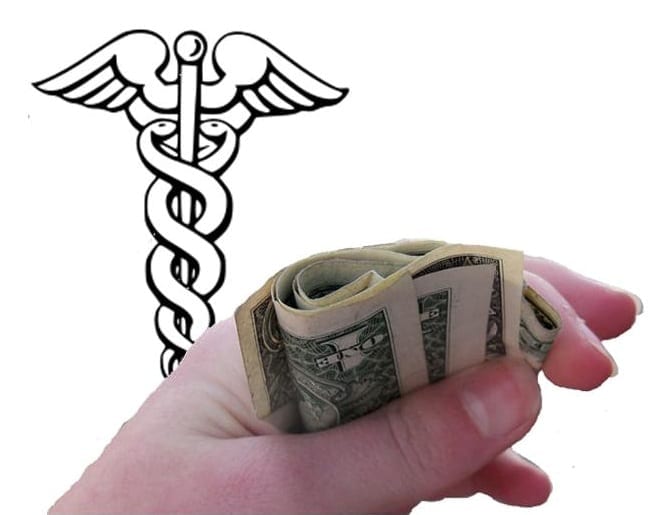The Kaiser Family Foundation has released a new study concerning the growth of health insurance rates in the U.S. The study shows that rates are, in fact, on the rise, but that these rates are growing more slowly than had been predicted by several insurance companies and the U.S. Congressional Budget Office. The organization suggests that, despite its controversial nature, the Affordable Care Act is not leading to any significant increase in health insurance rates. Conversely, the organization notes that the federal law is now leading to any dramatic decrease in rates either.
Rates are growing slower than anticipated
The study primarily deals with health insurance coverage provided by employers. The study shows that rates for this coverage increased by the same amount this year as they did in 2012. Rates for 2013 showed a modest increase of 9% since 2011. The study did show that employees are beginning to contribute more toward their health insurance coverage. According to the study, individuals are paying approximately $40 more per year, with families paying approximately $250 per year.
 Critics of Affordable Care Act may have trouble pinning higher rates on federal law
Critics of Affordable Care Act may have trouble pinning higher rates on federal law
President of the Kaiser Family Foundation Drew Altman suggests that opponents of the Affordable Care Act may have more difficulty blaming high health insurance premiums on the federal law due to the new study. The federal law has been shrouded in controversy since its passage in 2010, with critics suggesting that the law would lead to dramatic increases in premiums. Critics had also suggested that the law would cause employers to drop the coverage they provide to employees. The study found, however, that 93% of large employers intend to continue providing health insurance coverage to their workers.
Since 2003, health insurance premiums have grown by 80% on average throughout the U.S. Wages have only grown by 31% over this period, with inflation growing by 27%. Health insurance rates are growing faster than wages, which could cause significant financial tension for consumers throughout the country. Rates are expected to continue growing, but at a slower pace than had been anticipated in the past.
